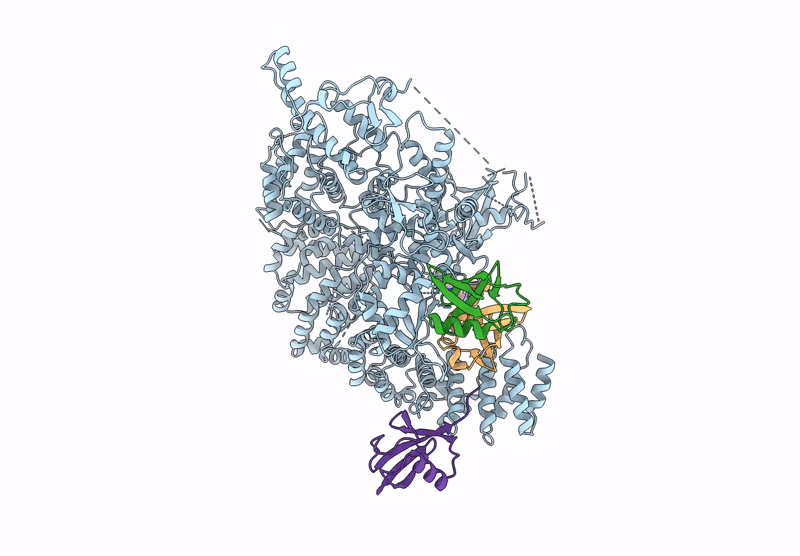
Deposition Date
2024-08-25
Release Date
2025-05-21
Last Version Date
2025-10-01
Entry Detail
PDB ID:
9GKM
Keywords:
Title:
Structure of HECT E3 TRIP12 forming K29/K48-branched Ubiquitin chains
Biological Source:
Source Organism:
Homo sapiens (Taxon ID: 9606)
Host Organism:
Method Details:
Experimental Method:
Resolution:
3.69 Å
Aggregation State:
PARTICLE
Reconstruction Method:
SINGLE PARTICLE


